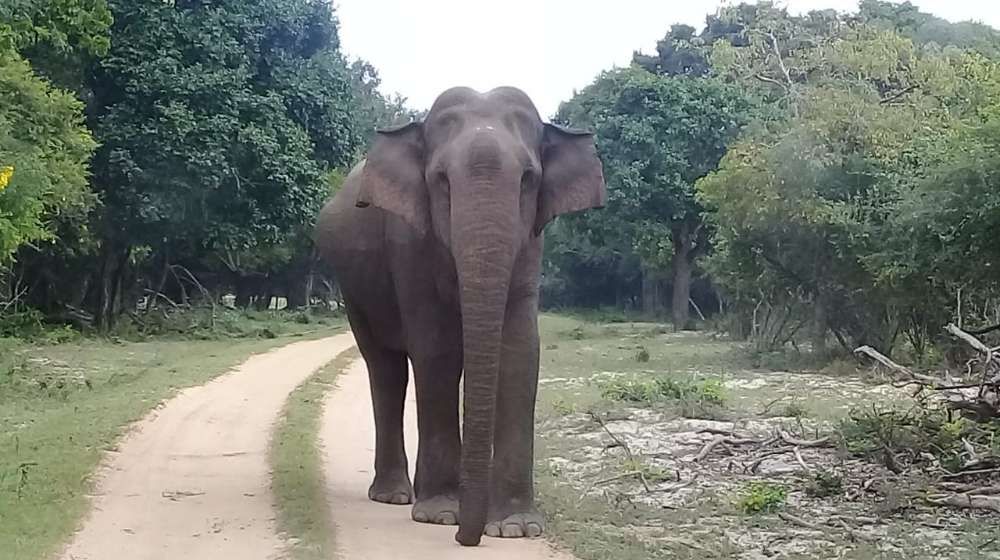
Yala Strict Nature Reserve Sri Lanka
What is Strict Nature Reserve or SNR
A strict nature reserve (IUCN category) is one of the two highest categories of protected areas recognized by the World Commission on Protected Areas (WCPA).
These areas are mainly declared for the purpose of research and for preservation and protection of large, unspoiled areas of wilderness. The primary purpose of such areas is to preserve biodiversity as essential reference areas for scientific work and environmental monitoring.
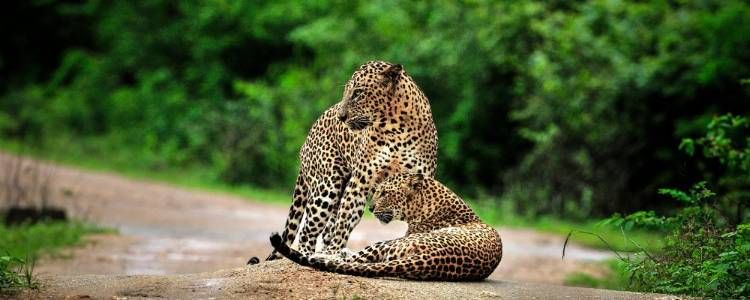
Yala Strict nature reserve
The Yala strict nature reserve is located within the blocks 1 and 3 of Yala National Park of Sri Lanka and the Yala east national park acting as environmental buffer zones.
The Ruhunu National Park, popularly known as Yala National Park which is the second largest National Park in Sri Lanka is located in the South-east of Sri Lanka lying between longitudes and latitudes of 600 16’- 600 25’N and 810 22’ – 810 32′ E respectively, along the coastal belt, east of Tissamaharama, in the Hambantota District. It is situated about 300 km away from Colombo, and Yala is one of the premier national parks of the 15 national parks in the Sri Lanka.
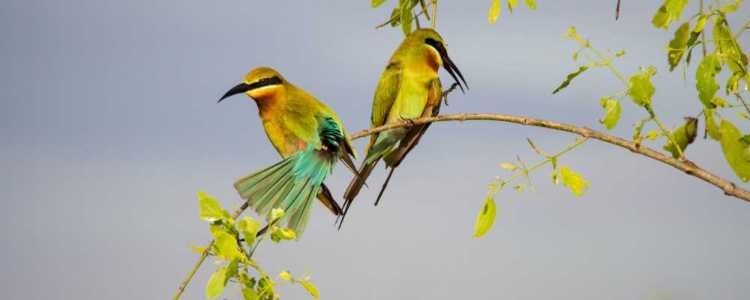
Yala is a complex of National Reserves consisting five Blocks (97,881.3 hectares), including a Yala Strict Nature Reserve – SNR and three Sanctuaries covering an area of 151,778.8 hectares. Out of these five blocks of Yala, only Block I is open for public which is an area of 14,100.6 Ha in extent.
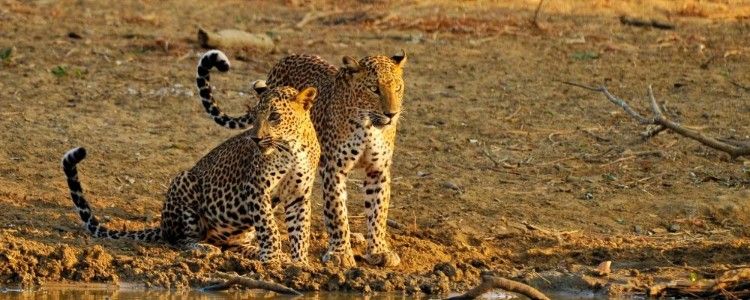
Eco system of Yala National Park
Yala is known for its variety of eco-systems and rich biodiversity. It is situated in s dry semi-arid climatic region hosts various ecosystems from moist monsoon forests to freshwater and marine wetlands. Being situated in an area that hosted ancient civilizations, Yala not only consists of pilgrim sites such as Sithulpawwa and Magul viharaya, but also several ancient man made tanks such as Maha Seelawawa and Buthawa tank.
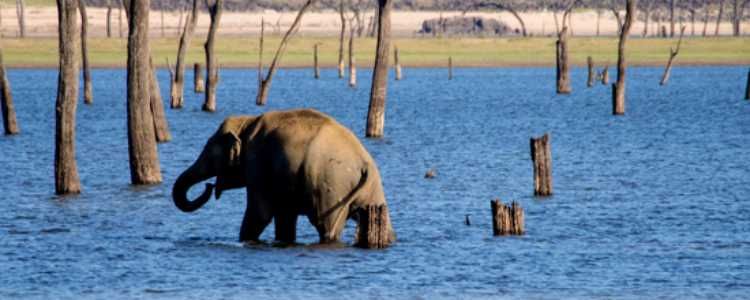
Yala is one of the 70 important bird areas (IBAs) in Sri Lanka and boasts of a recorded 215 bird species, out of which seven are endemic to the country. Out of the 90 water birds in Yala, half are migrants. 44 species of mammals are resident in Yala including Sri Lankan elephant. It also has one of the highest leopard densities in the world and also harbors many threatened species such as Sri Lankan sloth bear, leopard, elephant and wild buffalo. 47 reptile species (with 6 endemic species), 18 amphibian species (with 2 being endemic) and 21 freshwater fish species has also been recorded in Yala.
Refence – DWC – Department of Wildlife Conservations
SLTPB – Sri Lanka Tourism Promotion Bureau



